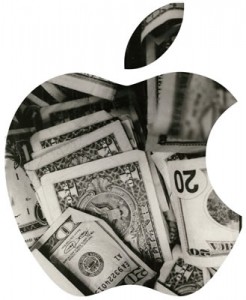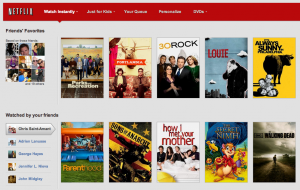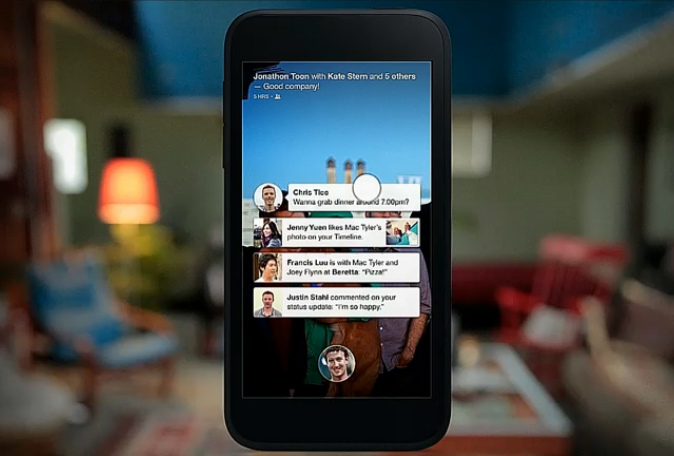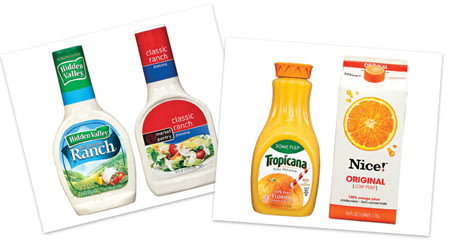Apple has finally decided to give its shareholders back more now from the profit of $145 Billion. The shareholders demanded more return even though Apple posted their first decline in decades. Apple heavily relies on new product launches to make the mass amount of money; knowing this fact the company has decided to not launch any new products until fall and 2014. The company has to give the raging market a rest for a couple of months before they come out with something that will make the crowd go wild. The fall in the revenue has challenged the company to think of something truly innovative that will gain a higher popularity in sales than its competitors.
 The company did better than forecasted $39.2 billion; the actual revenue was $43.6 billion, exceeding the forecast by $4.4 billion. Apple had under forecasted due to past months revenue being over forecasted. As we learned in class, companies usually use naïve approach to forecast for their next month. Apple has been over forecasting since their iPhone sale success. Apple is not coming out with new innovative technology, their revenue has been declining therefore forcing the company to under forecast their revenue. This is the error of using forecasting because the company might not sell the same as the previous month because the company has not been able to come out with a product that would stabilize their revenue. In Apple’s case new product launches raise their revenue and place them on top of other companies.
The company did better than forecasted $39.2 billion; the actual revenue was $43.6 billion, exceeding the forecast by $4.4 billion. Apple had under forecasted due to past months revenue being over forecasted. As we learned in class, companies usually use naïve approach to forecast for their next month. Apple has been over forecasting since their iPhone sale success. Apple is not coming out with new innovative technology, their revenue has been declining therefore forcing the company to under forecast their revenue. This is the error of using forecasting because the company might not sell the same as the previous month because the company has not been able to come out with a product that would stabilize their revenue. In Apple’s case new product launches raise their revenue and place them on top of other companies.
Many people are thinking that since Apple is not going to be launching any new products for a few months, the market is bound to fall. Samsung has been giving Apple good competition and now has been able to take over the market with recent launches. If Apple waits until fall to hit the market again with something innovative, will Samsung have taken over the market? Will Apple be able to compete with Samsung after staying out of the market for a couple of months? Only time will tell how innovative the new Apple products will be. Will the Apple products be able to beat the Google Glasses? Many people are not really sold on the new idea of using glasses as their cellphone but again no one can really tell how the market will react to products until they are launched. Before Steve Jobs died, he mentioned that his new invention was to make the TV remote user friendly. He emphasized that the remote was too complicated with so many buttons. This might be just the product to beat the Google Glasses or not. We all will have to wait for the next invention until fall of this year to find out.
Click here to read the article: http://trib.in/14El4B3
Sources: Gupta, Poornima. “Apple unlocks more cash for investors as profit slides.” Chicago Tribune 23 April 2013, Web. 28 Apr. 2013.
<http://www.chicagotribune.com/business/sns-rt-us-apple-resultsbre93m1b6-20130423,0,5337176.story?page=1>.



